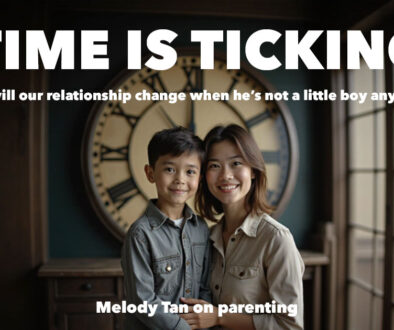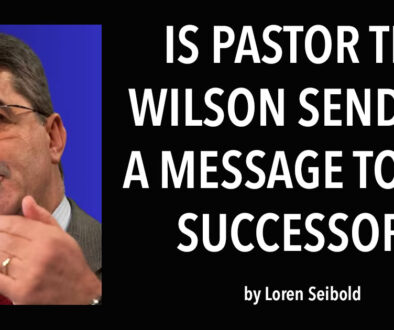Hey, Product Design People: Help Us! (Think “Mouse”):
by Lawrence Downing: One segment of the January 6, 2013, 60 Minutes program included a conversation between 60 Minutes host Charlie Rose and innovator David Kelly, founder of IDEO, one of the most influential product design firms in America. His creations are part of American life and culture: the computer mouse, Apple computers and many others. His goal, Kelly told Rose, is to make things easier for people to use by combining human behavior and design.
To achieve his purpose, Kelly hires groups of young people from diverse backgrounds, interests, skills and disciplines whose task is to solve problems and build products that work and make life easier. Kelly assigns the group a problem and turns them loose. Ideas multiply. Each idea is pasted on a white board. One idea builds on another. In the end, the group reaches a higher level than any one of the group alone.
The point, continued Kelly, is to develop an empathy for the consumer, to seek to understand what a person wants and what that person’s needs are. Observing how an individual responds to a given situation or event is an essential component in the discovery process. When you watch how a person responds to a situation, claims Kelly, that person will communicate what you need to focus on. When you are empathetic you will try to understand what people really value.
As an example, Kelley told Rose to watch someone work with a computer software program. Pay attention to the operator’s face, he said. When the person grimaces, note where that spot came in the program and solve that issue. Engineering and human response!
As I listened to the interview with Kelly, I began to think how we in the church might benefit were we to apply Kelly’s philosophy and approach within the parish. Think with me: suppose the same creative effort IDEO directed to the design and function of the first computer mouse—which the company did for Steve Jobs—were applied to a church worship service. Bring together a group of young, creative people from diverse backgrounds. Put them under the leadership of a visionary mentor like Kelly. Their task: Design a worship experience that minimizes the Grimace Events.
How might such a team work? One group can be assigned to monitor the Grimace Events that occur during a worship service. Another team may be assigned to observe and note when congregants doze off or whisper to the ones next to them. The group would record how many people look at their I-phone, how many play games or text during some part of the service. These occurrences qualify as Grimace Generators. Fix them! One can multiply tasks, but you get the idea.
Retirement from parish ministry provides opportunity to visit churches, and in the past several years my wife and I have attended numerous worship services. As I reflected further on Rose’s interview with Kelly, I began to recall events I witnessed in worship services that brought a grimace to my face.
I recall that I winced when a pastor stood before us, a string of Christmas lights wrapped about his waist and chest. It happened this way: After the children’s story, which involved a string of Christmas lights, the pastor walked to the pulpit to begin his sermon. He paused, looked at a teen-aged girl who had assisted in the children’s story. We heard him say something to her about lights. We could see the look of “What? Are you serious?” on her face, and we heard him whisper, “That’s right. Come on up and wrap it around me.” He folded his arms tight to his body. The girl, with hesitation, followed the pastor’s instructions. Round and round she walked twisting and pulling the string of lights.
We in the congregation shared in this girl’s discomfort. When the pastor was “wrapped and lighted,” he turned to the congregation, looked at us for a short time and said, “I’m not sure why I did this. I thought it might be interesting.” He then began his Advent sermon. A Grimace Event. Fix it.
I have cringed when people assigned to offer the main prayer invited the congregation to kneel, spoke two or three cliché sentences and ended the prayer with a mumbled “Amen.” A Grimace Generator. Fix it! Ditto when the scripture is read by a reader who has neither spent time with the text nor comprehends how to use the microphone to advantage. Grimace Events. Fix them!
When, during the “Announcements” or “Church Business” segment, the pastor and an elder stand at the pulpit, tell a couple of weak jokes, banter back and forth for 15 minutes and then ask us to join them in worship. A Grimace Event. Fix it.
At the conclusion of one pastor’s sermon, we watched in puzzled wonder as the pastor put himself face down on the platform with arms stretched out in front of him. He lifted his head, looked at us and invited us to join him on the platform as he prayed. No one moved. By himself, still stretched out like a frog, he began to pray. In his prayer he asked that we be guided by the Spirit to get in touch with the god within. A Grimace Event. Fix it.
The sermon that began with point A, meandered about exploring points B, D, F, each section unrelated to the other, and, 52 minutes after he began, the pastor asked the congregation if they thought it was time for him to conclude his sermon. A small child whispered, so that all could hear, “Mommy, can we go now?” Out of the mouths of babes! That kid’s statement was the one profound utterance of the day.
Fortunately, the above examples of what I witnessed in Adventist worship services are the exception. What is unfortunate is that our worship services too often fail to attract the numbers of people we would like, and the majority of those who do attend are 55 or older. Here is the stuff of challenge for Mr. Kelly and his IDEO group of whiz kids.
It is not likely we will ever see an IDEO-like analysis incorporated into an Adventist parish. The odds are we will never read the resultant recommendations that might arise from such a study. It is equally unlikely a congregation will put together a group of young people to direct their creative energy toward the development of a worship service that minimizes Grimace Events. (And I emphasize “young!” The 60 Minutes segment?—no gray hairs in that group, save for Kelly. This is not the turf for us oldsters! We can fund it, but not do it. Sorry, church administrators, you’re out of the loop.)
Who knows, there may be the brave, the eccentric, the foolhardy congregation that might one day take on the challenge and welcome a careful look at how they do church. What a delight that would be, and what a fright it will be to those who think we have it just right the way it is.
 Lawrence Downing, DMin, a retired pastor, served congregations in California, Pennsylvania and Washington state.
Lawrence Downing, DMin, a retired pastor, served congregations in California, Pennsylvania and Washington state.




